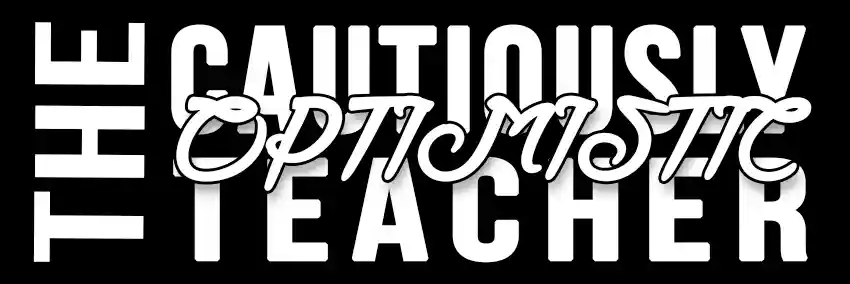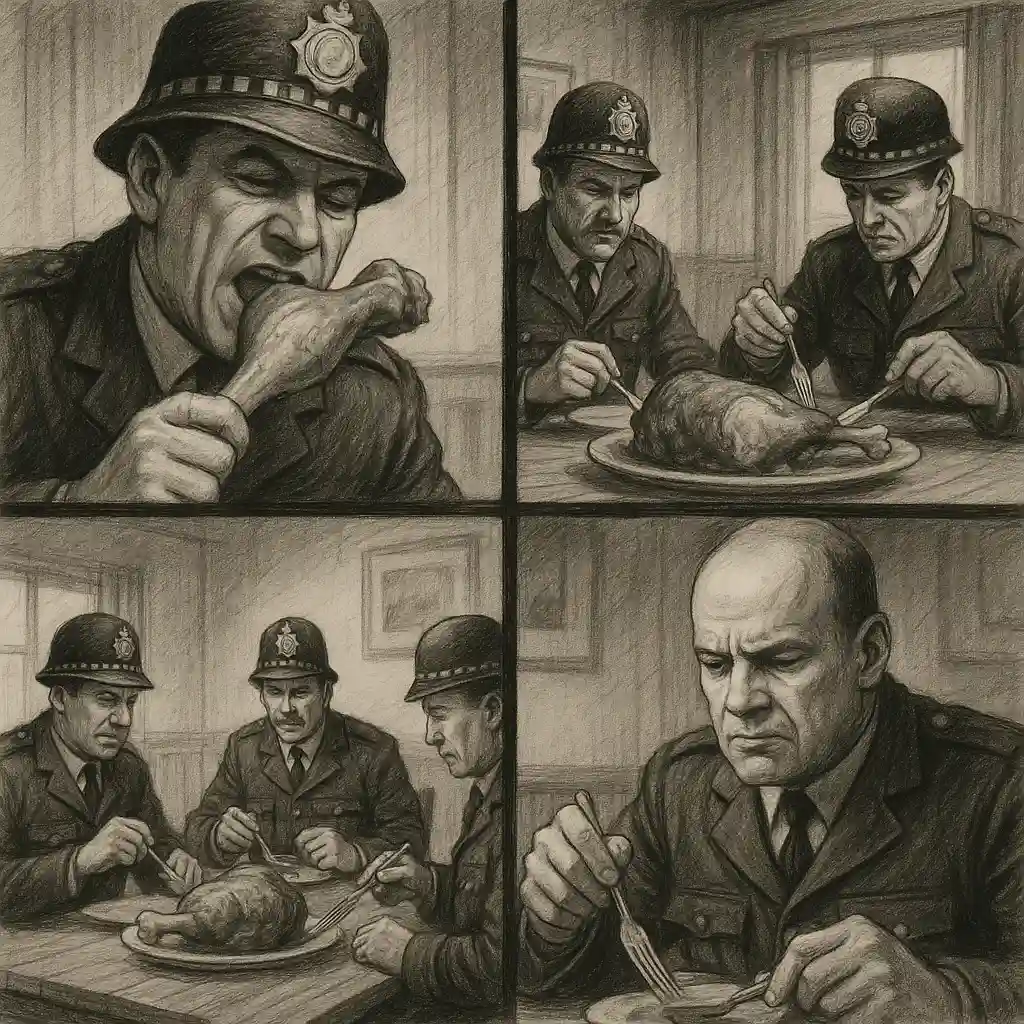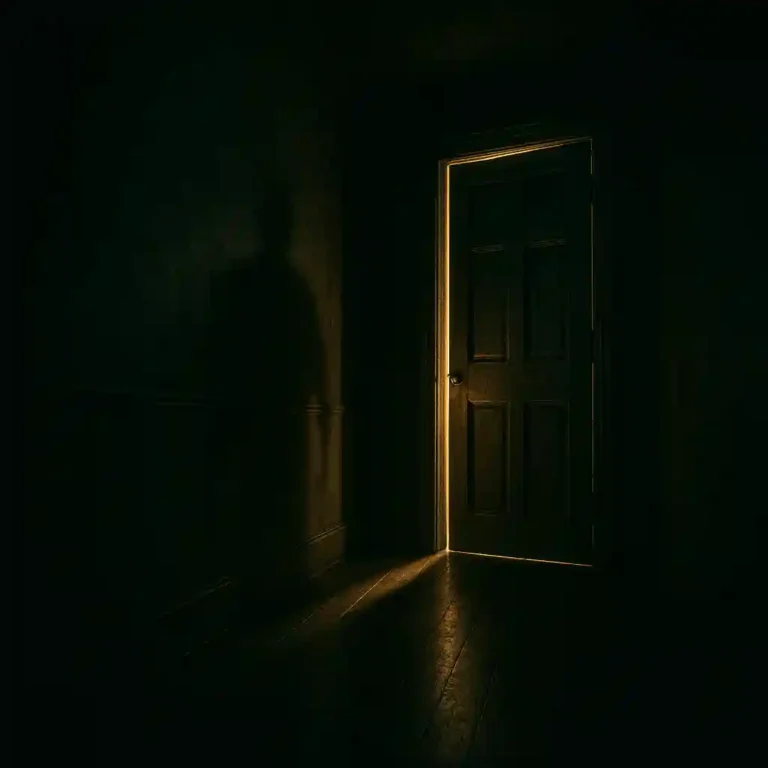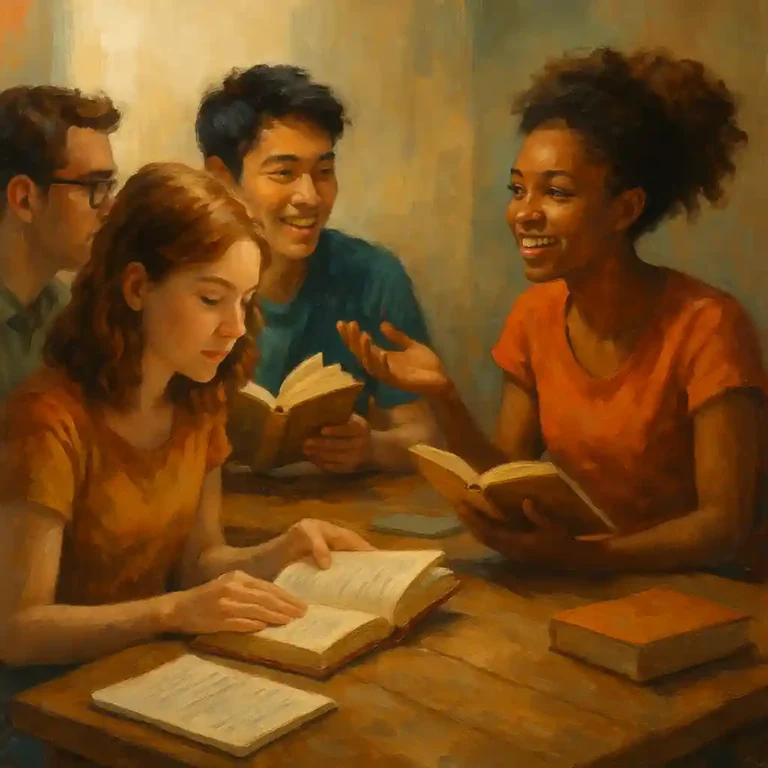Day 16: The Short Story Storyboard Activity
Today’s class moves us into the creative world of scriptwriting and a storyboard activity. Students will practice their analytical and visual storytelling skills while working with Roald Dahl’s short story Lamb to the Slaughter.
Lesson Flow:
1. Silent Reading (15 minutes)
Start the class with 15 minutes of silent reading. This routine helps students build stamina and focus while giving them a chance to enjoy their own books.
2. Commas Quiz
Students will then complete the commas quiz. This activity builds on the lessons and practice from earlier in the week, reinforcing one of the trickier aspects of grammar.
3. Read Lamb to the Slaughter
As a class, read Roald Dahl’s Lamb to the Slaughter. It’s a darkly humorous story that always engages students. Read aloud together, pausing for quick checks on comprehension and tone.
Get Lamb to the Slaughter here.
4. Script and Storyboard Activity
After reading, students will take on the role of screenwriters and directors.
Select a key scene from the story.
Write a short script version of that scene.
Create a storyboard that visually represents how the scene would look if filmed.
This storyboard activity allows students to think about dialogue, action, and visual details, reinforcing both comprehension and creativity. This will take at least 3 half periods to complete.
Get the scripting and storyboard lesson here.
By the end of the lesson, students will not only have a deeper understanding of Dahl’s short story but will also see how literature can be adapted into other media. It’s a great way to connect reading with real-world creative applications.
Conclusion
By the end of this multi-day activity, students will have explored Lamb to the Slaughter from both a reader’s and a creator’s perspective. Turning a short story into a script and storyboard helps them see how tone, dialogue, and action translate from page to screen—an essential bridge between analysis and imagination. This hands-on process strengthens comprehension, visual literacy, and collaborative creativity while giving students a real sense of ownership over how stories are told.







